Please sign in to access this resource
Click here to sign in
as a FL public educator Student
Access the resource on
FloridaStudents.org
Not a Florida public school educator?
Access this resourceon CPALMS.com
General Information
Aligned Standards
This vetted resource aligns to concepts or skills in these benchmarks.Related Videos

This video about energy storage has a lot of potential to help you learn about solar power and batteries.
Related Resources:
KROS Pacific Ocean Kayak Journey: GPS Data Set[.XLSX]
KROS Pacific Ocean Kayak Journey: Path Visualization for Google Earth[.KML]
Download the CPALMS Perspectives video student note taking guide.

Calorie-dense foods can power the human body across the ocean? Feel the burn.
Related Resources:
KROS Pacific Ocean Kayak Journey: GPS Data Set[.XLSX]
KROS Pacific Ocean Kayak Journey: Path Visualization for Google Earth[.KML]
Download the CPALMS Perspectives video student note taking guide.

Ideas about applied physics should flow freely after you learn about heat and bronze casting.
Download the CPALMS Perspectives video student note taking guide.

Your heart will melt as you watch a mother-daughter team explain how heat is used for glass artistry.
Download the CPALMS Perspectives video student note taking guide.

Let this researcher explain how studying fossils and isotopes can help us understand ancient climate conditions!
Download the CPALMS Perspectives video student note taking guide.

Hear how mathematics helped shape Dr. James O'Brien's groundbreaking research in ocean modeling of El Niño.

COAPS oceanographer Dmitry Dukhovskoy describes the process used to mathematically model eddy shedding in the Gulf of Mexico.

Listen to a discussion about how moist atmospheric rivers are influencing increased monsoonal events.
Download the CPALMS Perspectives video student note taking guide.

This FSU professor discusses the limitations and need for improvement to models used to forecast hurricanes.

In the Earth's systems, everything is connected! This meteorologist explains the relationship between monsoonal heat columns and polar ice-melt.
Download the CPALMS Perspectives video student note taking guide.

A discussion focusing on the predictions that underestimated the storm surge from Hurricane Dennis on the Florida panhandle.
Download the CPALMS Perspectives video student note taking guide.

To understand atmospheric and oceanic currents, one needs a well-rounded understanding of geometry and the shape of the Earth.

Dissolved oxygen is important to all life in and out of the water! Learn more in this video!
Download the CPALMS Perspectives video student note taking guide.

A climatologist rains down information about how physical factors form regional climates.
Download the CPALMS Perspectives video student note taking guide.

Listen up as a meteorologist explains how weather balloons work and how they collect data for models they can use to make forecasts.
Download the CPALMS Perspectives video student note taking guide.

A discussion describing ocean currents studied by a physical oceanographer and how math is involved.

What happens when math models go wrong in forecasting hurricanes?
Download the CPALMS Perspectives video student note taking guide.

COAPS oceanographer Steve Morey describes how math is used to help research hurricanes and strong deep ocean currents that could effect deep water oil rigs.
Download the CPALMS Perspectives video student note taking guide.

Description needed. Light Reflection, Refraction, & Absorption
Download the CPALMS Perspectives video student note taking guide.

A climatologist raises the bar with this classroom-ready 3D fluid dynamics weather demonstration.
Download the CPALMS Perspectives video student note taking guide.

Learn how the ocean pressures the climate into changing.
Download the CPALMS Perspectives video student note taking guide.

In a fog about weather patterns? This climatologist will demystify the topic for you.

Major Paul Homan describes the needs and capabilities of the United States Air Force with regard to global weather prediction and modeling.
Download the CPALMS Perspectives video student note taking guide.

Glass artist Russel Scaturro explains how fine control of gas flow aids efforts to minimize his carbon footprint toward a larger goal of environmentally-conscious fabrication methodology.
Download the CPALMS Perspectives video student note taking guide.
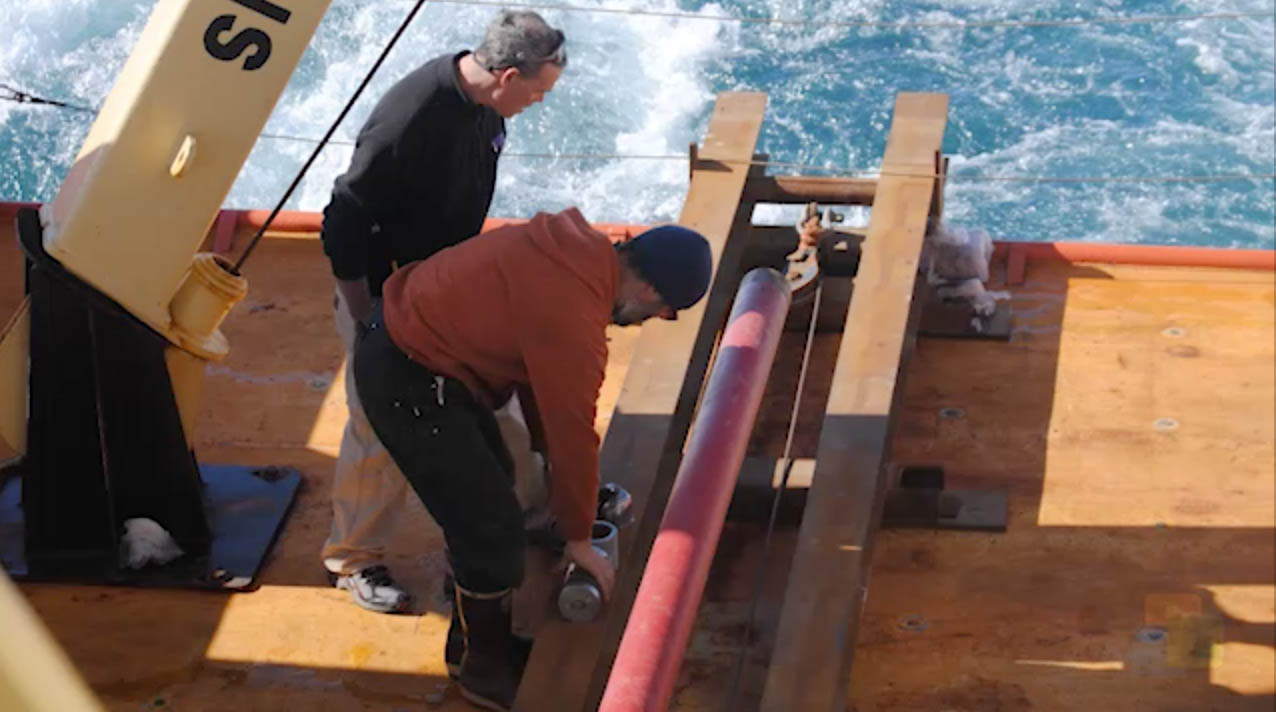
In this video, Eugene Domack explains how past Antarctic ice sheet movement rates allow us to understand sea level changes. Video funded by NSF grant #: OCE-1502753.
Download the CPALMS Perspectives video student note taking guide.
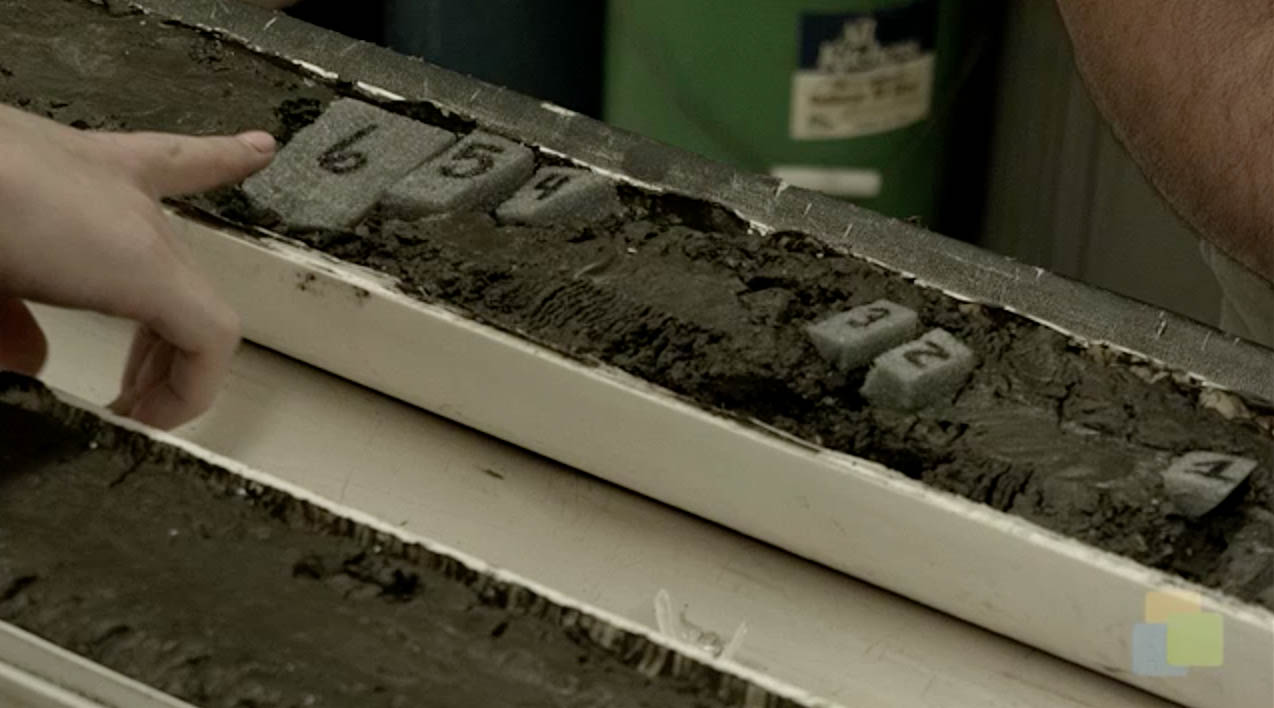
Eugene Domack, a geological oceanographer, describes how sediment cores are collected and used to estimate rates of ice sheet movement in Antarctica. Video funded by NSF grant #: OCE-1502753.
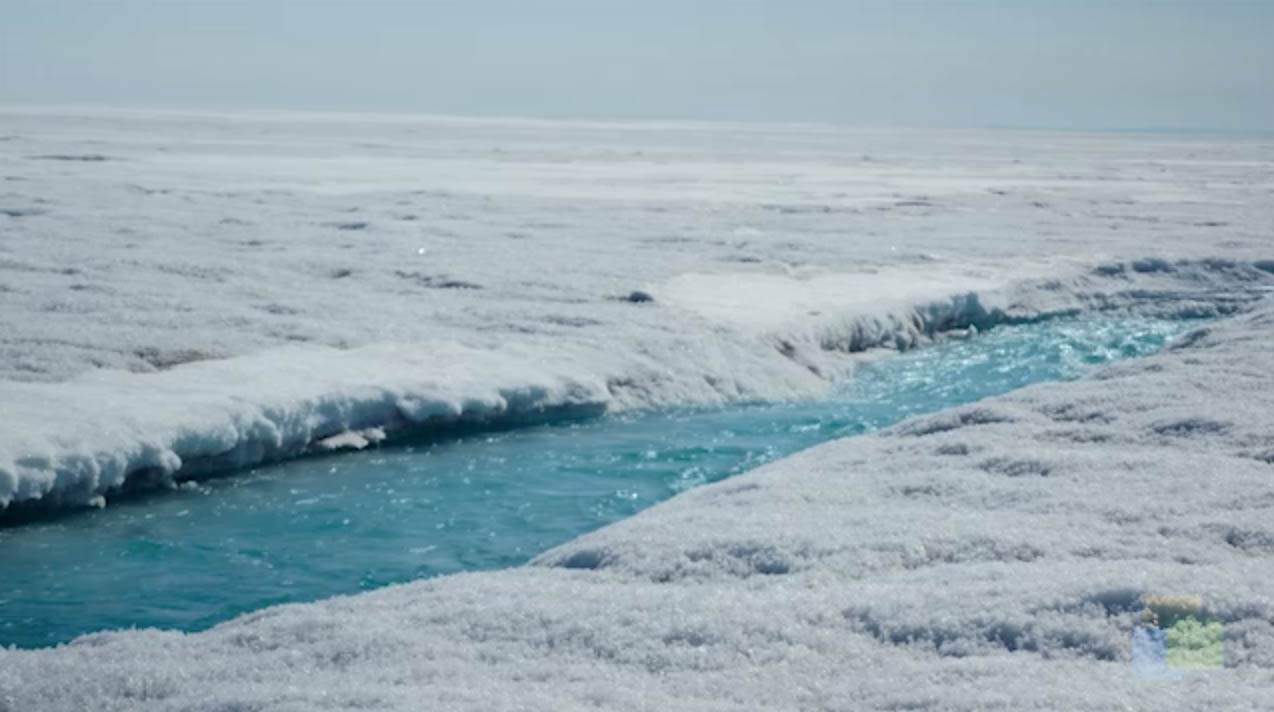
In this video, Brad Rosenheim describes how Louisiana sediment cores are used to estimate sea level changes over the last 10,000 years. Video funded by NSF grant #: OCE-1502753.
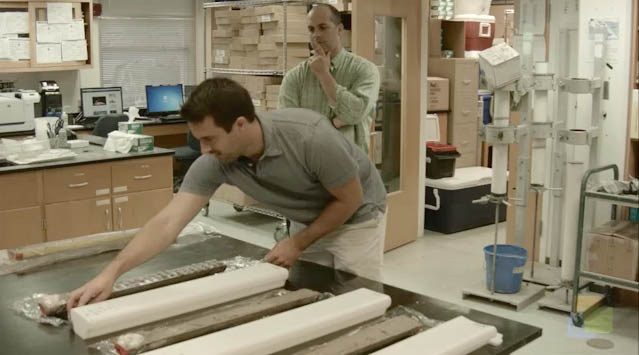
Watch as Brad Rosenheim, a geological oceanographer, explains how modern technology and sampling methods are used for sea level research. Video funded by NSF grant #: OCE-1502753.
Download the CPALMS Perspectives video student note taking guide.

Watch as Don Chambers explains the role of satellites in measuring the mass of ice sheets and the connections between ice sheet mass changes and sea level. Video funded by NSF grant #: OCE-1502753.
Download the CPALMS Perspectives video student note taking guide.

In this video, Don Chambers explains how satellite technology is essential for assessment of sea level changes. Video funded by NSF grant #: OCE-1502753.
Download the CPALMS Perspectives video student note taking guide.
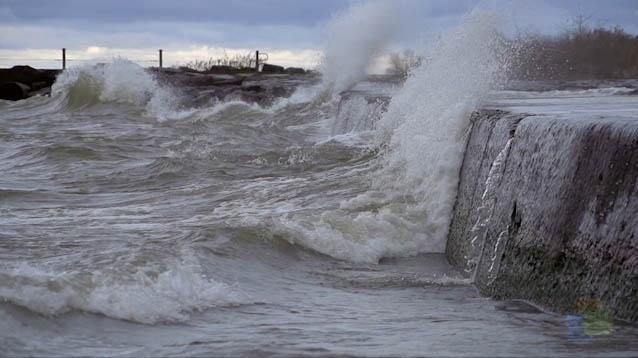
Entrepreneur and meteorologist Mark Powell discusses the need for statistics in his mathematical modeling program to help better understand hurricanes.
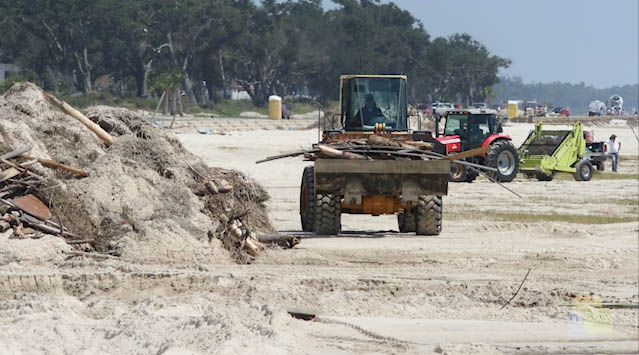
Hurricanes can hit at any time! How do insurance companies use math and weather data to help to restore the community?
Download the CPALMS Perspectives video student note taking guide.
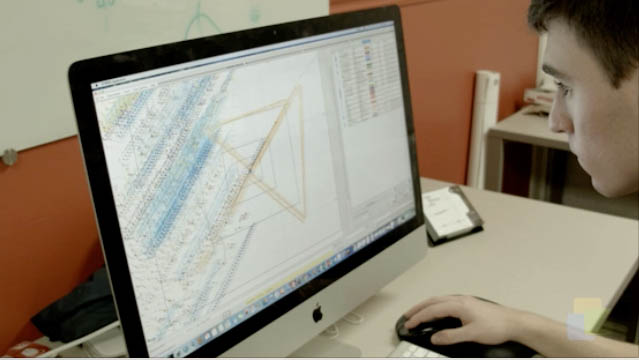
Meteorologist, Michael Kozar, discusses the limitations to existing hurricane scales and how he is helping to develop an improved scale.
Download the CPALMS Perspectives video student note taking guide.
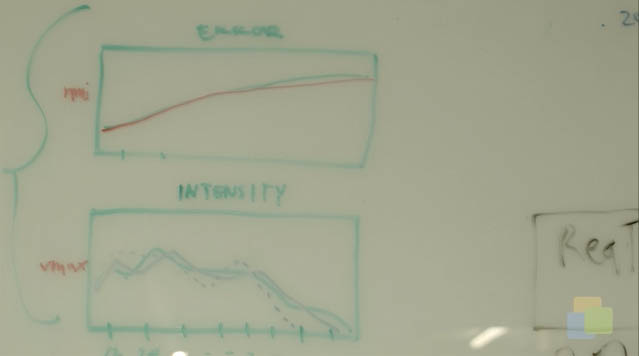
Meteorologist from Risk Management discusses the use of probability in predicting hurricane tracks.
Download the CPALMS Perspectives video student note taking guide.

Dean Grubbs discusses biogeochemical cycles in the oceans and their impact.
Download the CPALMS Perspectives video student note taking guide.

Angela Dial discusses how she solves systems of equations to determine how the composition of ocean floor sediment has changed over 65 million years to help reveal more information regarding climate change.
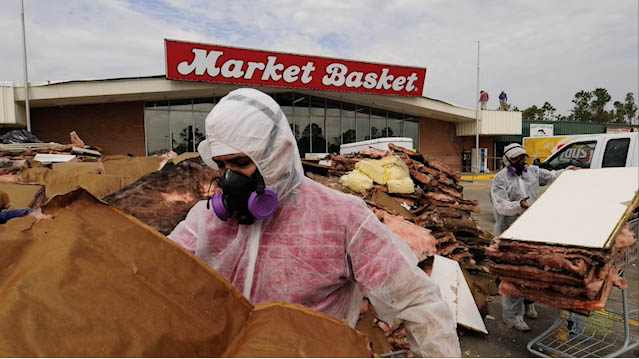
Michael Kozar speaks about severe weather and hurricane impacts.
Download the CPALMS Perspectives video student note taking guide.
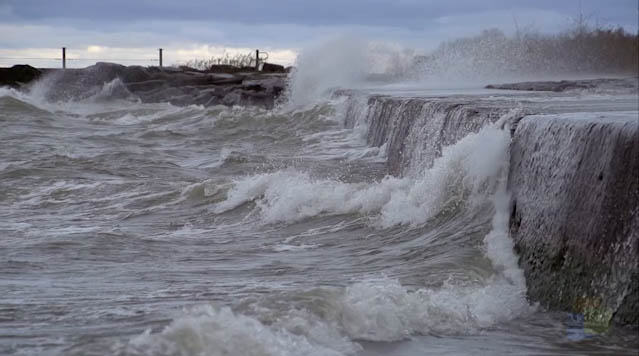
Michael Kozar talks about the influence land and water have on severe weather.
Download the CPALMS Perspectives video student note taking guide.
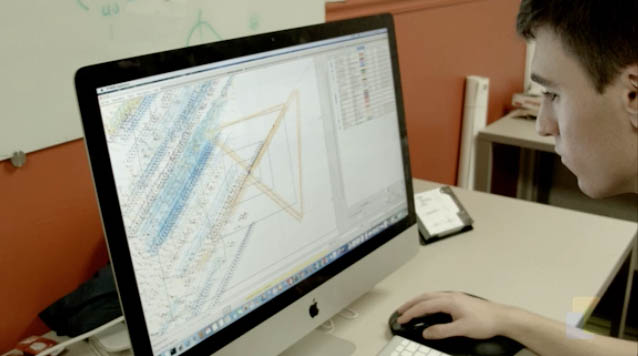
Mark Powell discusses the models used for hurricane predictions and the limitations that exist.
Download the CPALMS Perspectives video student note taking guide.

Angela Dial talks about using ocean core proxy data to investigate Earth's climate from the past.
Download the CPALMS Perspectives video student note taking guide.
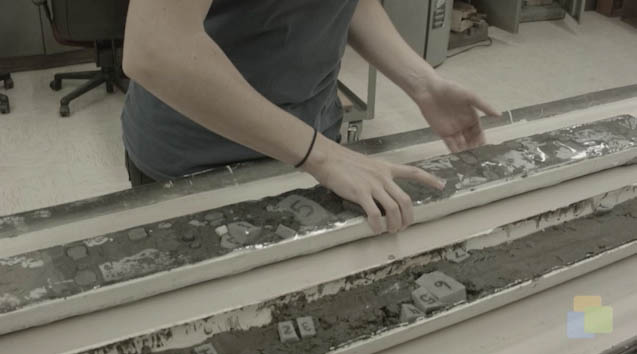
Angela Dial discusses the geologic and scientific evidence related to climate change in the past.
Download the CPALMS Perspectives video student note taking guide.

Mark Powell discusses the impacts that a hurricane can have.
Download the CPALMS Perspectives video student note taking guide.

Jon Ahlquist discusses the various factors in weather predictions and why they are so important to our lives.
Download the CPALMS Perspectives video student note taking guide.

Jon Ahlquist discusses ensemble forecasting and how technology has allowed us to collect important data for the understanding of weather.
Download the CPALMS Perspectives video student note taking guide.

Kent Koptiuch talks about aquifers and the importance of water quality.
Download the CPALMS Perspectives video student note taking guide.
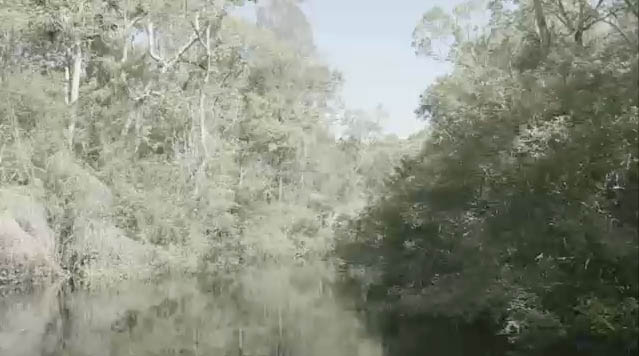
Kent Koptiuch talks about watersheds and water quality.
Download the CPALMS Perspectives video student note taking guide.
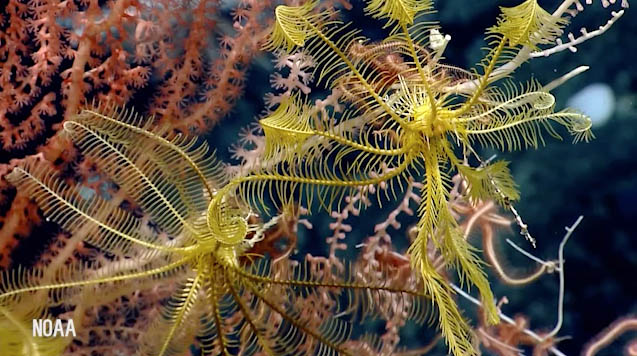
Sandra Brooke, from FSU Marine Lab, talks about undersea canyon ecosystems.
Download the CPALMS Perspectives video student note taking guide.

Blaze a trail when you utilize laser technology to make art.

See the light when this math teacher explains how he figured out energy system needs for a cross-Pacific kayak trip.
Related Resources:
KROS Pacific Ocean Kayak Journey: GPS Data Set[.XLSX]
KROS Pacific Ocean Kayak Journey: Path Visualization for Google Earth[.KML]
Download the CPALMS Perspectives video student note taking guide.
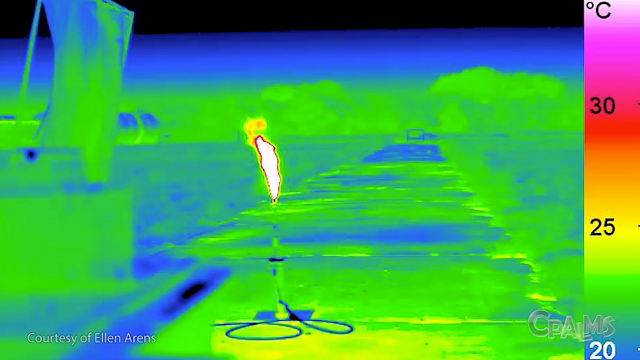
Hydrogen is used to launch spacecraft, but accidental fires are difficult to see. Learn about the physics of these fires and how we detect them.

Check out this idea for an illuminating demonstration of light energy.
Download the CPALMS Perspectives video student note taking guide.

Did you know the ocean ships heat energy all over the world? It's a major mover but next day service is not guaranteed.
Download the CPALMS Perspectives video student note taking guide.

Dolphins and whales aren't the only ones making noise underwater. Lots of oceanographers do, too.
Download the CPALMS Perspectives video student note taking guide.

Dr. Oates uses engineering practices to design artificial muscles that react to electrostatic fields.
Download the CPALMS Perspectives video student note taking guide.

The director of the National High Magnetic Field Laboratory describes electromagnetic waves.
Download the CPALMS Perspectives video student note taking guide.

A physics teacher presents some quick teaching ideas for demonstrating energy transfer through convection, conduction, and radiation.
Download the CPALMS Perspectives video student note taking guide.

Physical science and social science connect in this discussion of Balinese gamelan. Full STEAM ahead!
Download the CPALMS Perspectives video student note taking guide.

It's okay if you're not on quite the same wavelength as this ethnomusicologist. In Balinese gamelan tuning, that's a good thing!
Download the CPALMS Perspectives video student note taking guide.

If physics has you down, don't fret - this musician covers all the bases.
Download the CPALMS Perspectives video student note taking guide.

Plants need visible light, just not all of it. Learn how space plants and their lights strive for efficiency.
Download the CPALMS Perspectives video student note taking guide.

This colorful light and energy lesson idea will make you glow!
Download the CPALMS Perspectives video student note taking guide.

Don't feel blue because you don't understand how light is used in bird photography! Watch this instead. Produced with funding from the Florida Division of Cultural Affairs.

An engineer that has previously worked on the F-22 Raptor explains how resistivity in wires plays a role in the development of a large machine.
Download the CPALMS Perspectives video student note taking guide.
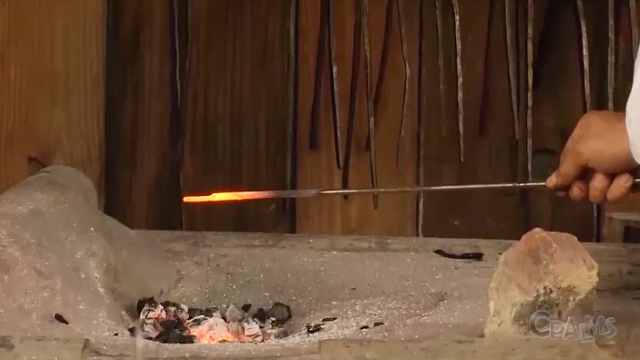
Forge a new understanding of metallurgy and heat transfer by learning how this blacksmith and collier make nails.

Dive deep into science as an oceanographer describes conduction, convection, and radiation and their relationship to oceanic systems.
Download the CPALMS Perspectives video student note taking guide.

Archaeologists can see underground trends before everyone else with ground penetrating radar (GPR).
Download the CPALMS Perspectives video student note taking guide.

Explore how pendulums show the transformation of gravitational potential energy to kinetic energy and back with Dr. Simon Capstick in this engaging video. Don't miss his broken-nose defying test of the physics with a bowling ball pendulum.
Download the CPALMS Perspectives video student note taking guide.

An archaeologist explains how he is using x-rays to reconstruct a nineteenth-century battle!
Download the CPALMS Perspectives video student note taking guide.

Want to watch a video on audio engineering and frequency? Sounds good to me.
Download the CPALMS Perspectives video student note taking guide.

Physics is cool, especially if you want to make super-cold, super-efficient, superconductive materials.
Download the CPALMS Perspectives video student note taking guide.

If you want to understand the atom, you'll need a lot of energy. Learn how physicists use high energy light and electrons to study atomic structure.
Download the CPALMS Perspectives video student note taking guide.

Sharpen your knowledge by understanding the forces used to make stone tools.
Download the CPALMS Perspectives video student note taking guide.

Learn how the shape of a didgeridoo affects its sound in this totally tubular video.
Download the CPALMS Perspectives video student note taking guide.

Dr. Betta Jerome, a senior mechanical engineer with the United States Air Force, explains energy conversion and conservation within the context of military weapons testing.
Download the CPALMS Perspectives video student note taking guide.

Second Lieutenant Caleb McComas, a crew commander with the 20th Space Control Squadron at Eglin Air Force Base, explains how radar technology is vital to missions and objectives of the United States Air Force.
Download the CPALMS Perspectives video student note taking guide.

Major Tucker Hamilton, a test pilot for the United States Air Force, explains the phenomenon known as a sonic boom.
Download the CPALMS Perspectives video student note taking guide.

Major Tucker Hamilton, a test pilot for the United States Air Force, explains various aspects of the Doppler effect as it applies to moving objects such as fighter jets.
Download the CPALMS Perspectives video student note taking guide.

Audio engineer Kris Kolp explains his studio design choices that affect the way sound waves move through the room.
Download the CPALMS Perspectives video student note taking guide.

Glass artist Russel Scaturro explains protective measures taken to prevent damage from UV and IR radiation during glass art fabrication.
Download the CPALMS Perspectives video student note taking guide.

Glass artist Russel Scaturro explains some of the chemistry, purpose, and methodology behind his use of color in glass art fabrication.
Download the CPALMS Perspectives video student note taking guide.
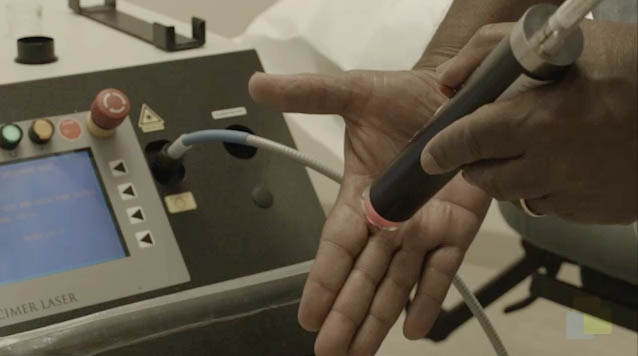
Dr. George Cohen discusses a variety of skin treatments that utilize electromagnetic radiation, including lasers, UV light, and x-rays.
Download the CPALMS Perspectives video student note taking guide.

In this video, wildland fire scientist Kevin Hiers explains how technology can be used to aid fire behavior research in fire-dependent ecosystems.
Download the CPALMS Perspectives video student note taking guide.
![Cpalms [Logo]](/images/cpalms_color.png)








